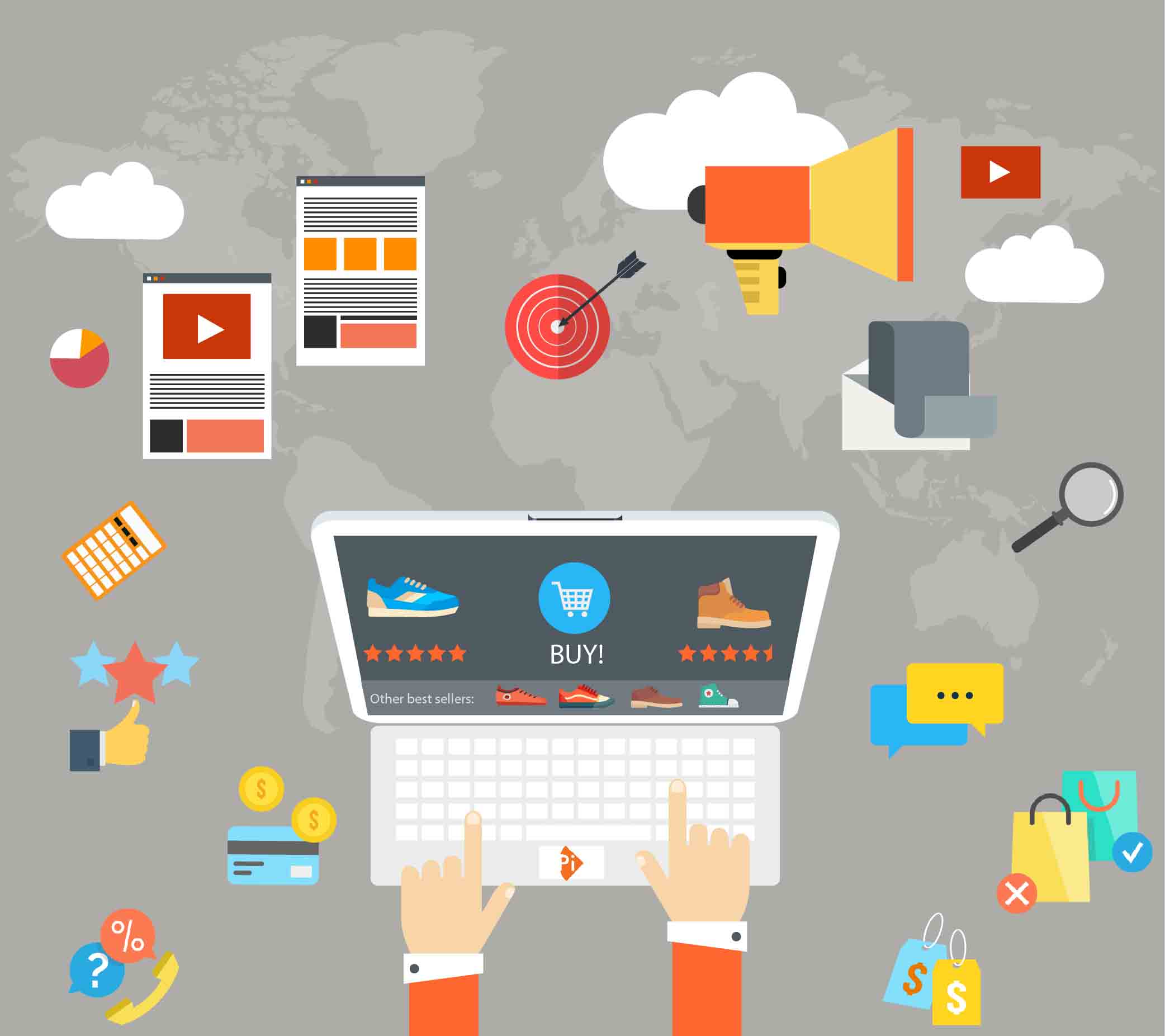In today’s digital world, where consumers are constantly bombarded with ads, promotions, and sales pitches, traditional marketing is becoming less effective. Audiences are more informed, more skeptical, and more empowered than ever before. As a result, brands must find new ways to build trust, deliver value, and stand out.
Enter education-based marketing—a strategy that focuses on teaching instead of selling. Rather than pushing products or services directly, businesses using this approach offer helpful, relevant information that educates their audience. The result? Stronger relationships, improved brand authority, and customers who are genuinely engaged.
Let’s explore what education-based marketing is, why it works, and how you can implement it to grow your business and better serve your audience.
What Is Education-Based Marketing?
Education-based marketing is a strategy where a brand provides valuable educational content to inform, assist, and empower its target audience. It’s about positioning your brand as a trusted resource, not just a vendor.
Instead of saying “Buy this,” you’re saying “Here’s how this works,” or “Here’s how to solve your problem.” When done correctly, this method builds credibility and earns customer loyalty—because you’re helping first and selling second.
Examples of Education-Based Marketing:
-
A financial advisor offering a free webinar on retirement planning
-
A software company publishing tutorials and whitepapers on data security
-
A health brand providing guides on nutrition and exercise
-
A marketing agency sharing free SEO or content strategy tips on a blog
At its core, education-based marketing asks: “How can we teach our audience something valuable—whether they buy from us or not?”
Why Education-Based Marketing Works
In an era where attention is the most valuable currency, brands that offer value without pressure stand out. Here’s why this strategy is so effective:
1. Builds Trust and Authority
When you educate your audience, you show that you understand their challenges and can provide solutions. Over time, this builds authority in your industry and helps customers see you as a leader rather than just a seller.

Trust is the foundation of any buying decision—especially for high-ticket products or services. By offering helpful, unbiased information, you create an environment where trust naturally grows.
2. Shortens the Sales Cycle
Educated consumers make faster and better decisions. If your content answers their questions in advance, you reduce hesitation and confusion. This means shorter sales cycles, fewer objections, and more confident buyers.
For example, a software company that explains how their platform integrates with existing tools saves potential clients hours of research and decision-making.
3. Improves Customer Retention
Education doesn’t stop after the sale. Brands that continue to provide useful content—tutorials, FAQs, strategy sessions—help customers get more value from their purchase. This leads to higher satisfaction, loyalty, and referrals.
A well-informed customer is more likely to stay with your brand long-term because they understand how to use your product and why it benefits them.
4. Drives Organic Traffic
Educational content is SEO gold. When people search online for answers, tutorials, or how-to guides, your content can show up in search results—bringing in consistent, targeted traffic.
Blogs, YouTube videos, podcasts, and downloadable resources are all excellent ways to increase your visibility while helping your audience.
Types of Educational Content That Work in Marketing
There’s no one-size-fits-all approach, but here are several types of content that excel in education-based marketing:
1. Blog Posts and Articles
Long-form written content allows you to dive deep into a topic and provide real value. Examples include:
-
“How to Create a Social Media Strategy in 2025”
-
“10 Common Mistakes First-Time Homebuyers Make”
-
“The Ultimate Guide to Organic Skincare Ingredients”
2. Webinars and Live Workshops
These offer a personal, interactive way to educate while showcasing your expertise. Webinars can be live or recorded and often include Q&A sessions to address real-time concerns.
3. E-books and Whitepapers
Longer, more in-depth resources are ideal for B2B or complex subjects. These can also be used as lead magnets in exchange for contact information.
4. Tutorial Videos
Visual content helps simplify complex topics and engages audiences more effectively. YouTube, Instagram Reels, and TikTok are powerful platforms for quick, digestible lessons.
5. Online Courses
Creating a course on platforms like Teachable or Kajabi not only educates but can also serve as a revenue stream. Even a free mini-course can drive traffic and generate leads.
6. Email Newsletters
Consistent email content keeps you in touch with your audience while providing ongoing value. Focus on tips, insights, updates, and curated resources.
How to Build an Education-Based Marketing Strategy
Creating and sharing educational content takes planning, but the rewards are long-lasting. Here’s how to get started:
Step 1: Know Your Audience
What are your customers’ biggest questions, concerns, or problems? Start by understanding their pain points and goals. Use surveys, social media, and support inquiries to gather insights.
Step 2: Choose Your Core Topics
Pick 3–5 key areas where you can offer deep value. For a digital marketing agency, this might include SEO, content creation, social ads, and analytics. Keep your focus aligned with your products or services.
Step 3: Select Content Formats
Decide which formats best suit your audience and resources. If your audience prefers watching, focus on video. If they prefer reading, start with blog posts and e-books.
Step 4: Create a Content Calendar
Plan your content ahead of time. A monthly or quarterly calendar helps you stay consistent and strategic. Tie content themes to events, product launches, or seasonal trends.
Step 5: Promote and Repurpose
Use email, social media, paid ads, and SEO to get your content in front of your audience. Repurpose one piece into multiple formats—for example, turn a blog post into an infographic or a podcast episode.
Step 6: Track Results and Improve
Use analytics tools to measure which content drives traffic, leads, or engagement. Adjust your strategy based on what performs best.
Real-World Success Story: HubSpot
HubSpot is one of the best examples of education-based marketing in action. Their HubSpot Academy offers free courses on marketing, sales, and CRM software. This not only educates users on how to use their platform but also builds massive brand trust.

As a result, HubSpot dominates organic search, generates millions of monthly visitors, and converts a significant portion of that traffic into loyal customers—all by leading with education, not sales.
Final Thoughts
In a world full of noise, education-based marketing cuts through with value. It shifts your role from seller to problem-solver, from vendor to trusted advisor. By teaching your audience, you build stronger relationships, more meaningful engagement, and a foundation for long-term business growth.
Start by asking: “What does my audience need to learn to succeed?” Then build your marketing around answering that question—again and again.
Because the most successful brands don’t just sell products—they teach people how to improve their lives.


